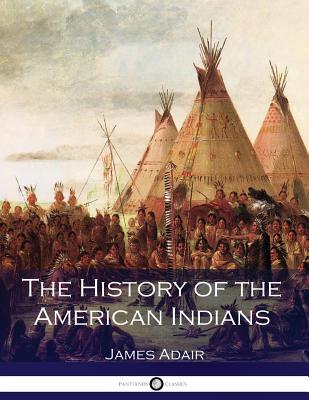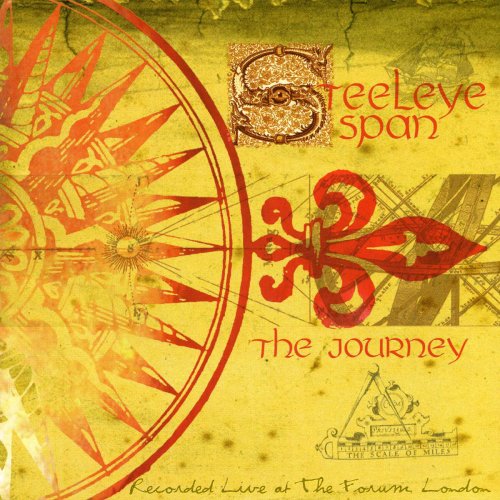
description
8James Adair's superb accounts of the Native Americans are derived from his personal experiences meeting and interacting with the various tribes during the 18th century colonial era.
James Adair was a passionate chronicler, explorer and trader who ventured through North America in an effort to discover new lands and exchange goods with the native peoples. He spent decades traversing what is now the Deep South of the United States, and was among the first white men to discover certain tribes, distinguishing between their behaviors and customs with a depth no historian had managed.
Although an amateur scholar, Adair meticulously recorded his observations. As a result, this book contains both mundane and profound facts - the sum combining to form an evocative picture of peoples now lost to time. The joys of community and traditions such as dancing and ceremonies are tempered by the inter-tribal conflicts, murder and blood feuds, incipient alcoholism and increasing threat of European settlers.
Close to half of this book is dedicated to the notion that the Native American tribes are descended from the 'lost tribes of Israel'. Now discredited after anthropologists determined the original migration routes, it is thought Adair inserted these analyses in part to cater for popular demand at the time. From the mid-17th to the early-19th century, the notion that the Native Americans were directly descended from the Israelites of ancient times was a popular phenomena. Many scholars postulate that the Book of Mormon was partly inspired by Adair's history.
The rest of Adair's work however contains insights that can never be rediscovered or elaborated upon. The wars and gradual conquest of the Native American tribes by white settlers left precious little of their culture available for scrutiny by subsequent generations of historian. As such, this book remains one of the most valuable and cited primary sources on the subject.
James Adair was a passionate chronicler, explorer and trader who ventured through North America in an effort to discover new lands and exchange goods with the native peoples. He spent decades traversing what is now the Deep South of the United States, and was among the first white men to discover certain tribes, distinguishing between their behaviors and customs with a depth no historian had managed.
Although an amateur scholar, Adair meticulously recorded his observations. As a result, this book contains both mundane and profound facts - the sum combining to form an evocative picture of peoples now lost to time. The joys of community and traditions such as dancing and ceremonies are tempered by the inter-tribal conflicts, murder and blood feuds, incipient alcoholism and increasing threat of European settlers.
Close to half of this book is dedicated to the notion that the Native American tribes are descended from the 'lost tribes of Israel'. Now discredited after anthropologists determined the original migration routes, it is thought Adair inserted these analyses in part to cater for popular demand at the time. From the mid-17th to the early-19th century, the notion that the Native Americans were directly descended from the Israelites of ancient times was a popular phenomena. Many scholars postulate that the Book of Mormon was partly inspired by Adair's history.
The rest of Adair's work however contains insights that can never be rediscovered or elaborated upon. The wars and gradual conquest of the Native American tribes by white settlers left precious little of their culture available for scrutiny by subsequent generations of historian. As such, this book remains one of the most valuable and cited primary sources on the subject.
member goods
No member items were found under this heading.
Return Policy
All sales are final
Shipping
No special shipping considerations available.
Shipping fees determined at checkout.







